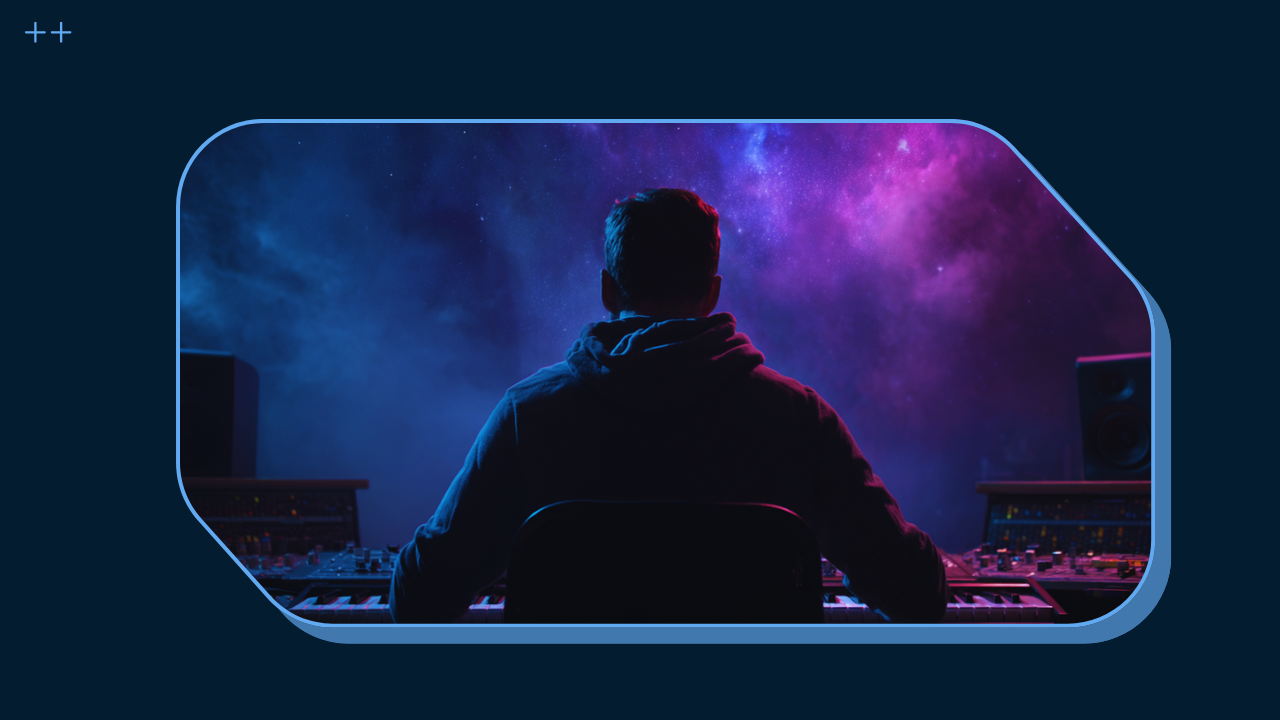ADHD vs. Neurotypical Listening: Study Reveals How Background Music Shapes Focus

When people press play on background music, it’s often to help them focus, lift their mood, or keep energy levels steady. But a recent study suggests the way we use music for these purposes isn’t the same for everyone. By tracking the listening habits of young adults with and without ADHD, researchers uncovered clear differences in when music is played, what styles are chosen, and how it’s used to support concentration, insights that could shape how music is tailored for study, work, and creative spaces.
Different Habits, Different Tracks
Researchers surveyed 434 participants between 17 and 30 years old, separating them into two groups: ADHD-screened individuals and neurotypical peers. They looked at how often participants listened to music during different tasks, what kinds of music they preferred, and how they felt it affected their concentration and mood.
The study found that ADHD-screened participants were more likely to listen to background music during studying, exercising, and other less cognitively demanding activities. They leaned toward upbeat, stimulating tracks regardless of the task. Neurotypical participants, on the other hand, tended to choose relaxing and familiar music during challenging mental work.
Despite these differences in choice and timing, both groups reported similar boosts in concentration and mood when listening to music.

Photo Credit: InnerDrive
Why the Differences Make Sense
The results fit with existing research models. The Moderate Brain Arousal model suggests that people with ADHD may need more stimulation to maintain alertness, making faster or more energetic music a helpful focus aid. For neurotypical listeners, calming tracks during demanding tasks might help maintain steady focus without overwhelming mental bandwidth.
Mood Arousal Theory also plays a role. Music can influence both emotional tone and energy level. ADHD listeners might turn to stimulating tracks to prevent attention from drifting, while neurotypical listeners may choose familiar, slower pieces to keep stress levels in check.
Real-World Relevance for the Music Industry
This study offers a realistic snapshot of listening habits in everyday environments. These insights could guide the creation of “cognitive playlists” tailored for different focus needs, something that could be valuable not just for individuals, but also for music curators, sync licensing professionals, and educational content creators.
For musicians and producers, the takeaway is clear: there’s no one-size-fits-all “focus” track. But understanding how different listeners engage with music during specific tasks could open new opportunities for targeted composition and placement.
As this research shows, background music is an active part of how we work, learn, and feel. The better we understand those patterns, the better we can create music that meets listeners exactly where they are.
Let’s Collaborate!
Need help building the tone for your production? Hit us up – the Rareform Audio team would love to help you create the perfect soundtrack that speaks to your audience and enhances the power of your visual storytelling to new heights!
A weekly glimpse into the world of music & media with insider news, sync licensing opportunities, creative insight, and discussions.
Rareform Highlights
Black Sheep Music & Rareform Audio join forces with A24.
Custom cue “JukeBox” composed for Ready Or Not 2 with Searchlight.
Join our Spotify Playlist and vibe with us! Featuring an array of tunes our team has been listening to.
Hi, I'm Hannah, the Marketing Manager at Rareform Audio. When I'm not crafting content and strategizing campaigns, you'll find me singing my heart out with my local choir. I love blending creativity and connection in everything I do, whether it’s through words or music!

































